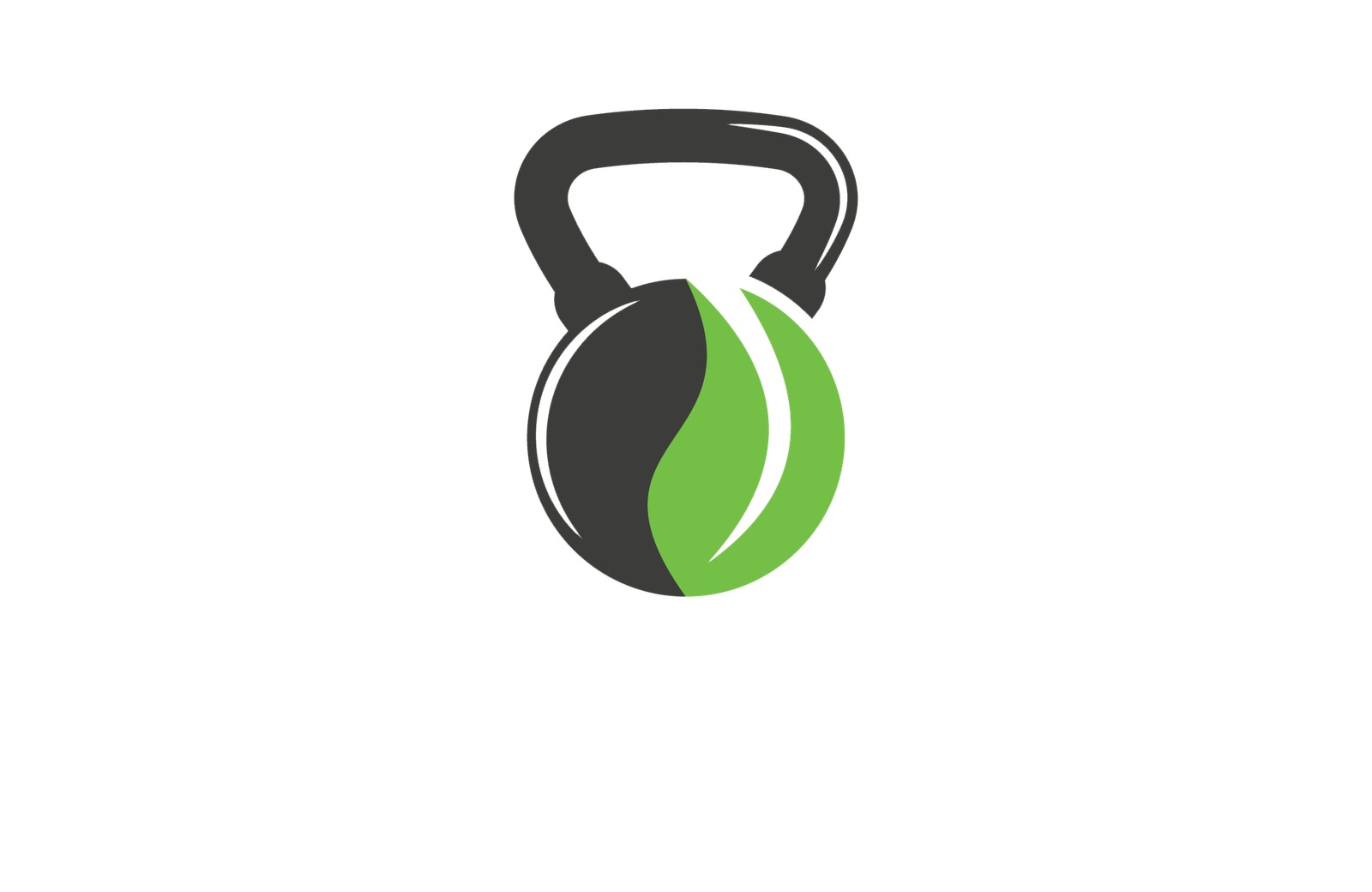Don't miss our holiday offer - 20% OFF!

Proper Warm-Up Techniques for Safe Workouts
Delve into the world of proper warm-up techniques to unlock optimal performance, prevent injuries, and take your workouts to the next level.
A proper warm-up is essential to prevent injuries, improve performance, and enhance overall workout efficiency. A well-structured warm-up prepares our bodies for physical activity by increasing blood flow, heart rate, and flexibility. It's vital to incorporate cardiovascular activation exercises, dynamic stretching, and muscle activation to get our bodies ready for high-intensity workouts. We're aware that a well-designed warm-up routine can help prevent injuries, improve flexibility, and boost performance. By following a structured warm-up routine, we'll be able to tackle our workouts with confidence and energy. Now, let's dive deeper into the specifics to tap our full potential.
Key Takeaways
- Incorporate high-intensity interval training (HIIT) into your warm-up routine to prepare your body for intense physical activity.
- Dynamic stretching enhances flexibility and prepares muscles for peak performance, reducing the risk of injury.
- Incorporate mobility exercises into your warm-up to increase range of motion and reduce the risk of injury in key areas like hips, shoulders, and neck.
- Use breathing exercises and visualization techniques to mentally prepare and relax before a workout, reducing muscle tension and improving focus.
- Prioritize a proper cool-down routine, including static stretches and self-massage, to aid in recovery and reduce muscle soreness.
Cardiovascular Activation Exercises
As we plunge into the world of cardiovascular activation exercises, what's the most effective way to get our hearts racing and prepare our bodies for a killer workout? We're talking about revving up our engines, increasing our heart rate, and getting those endorphins pumping!
Cardiovascular activation exercises are designed to prepare our bodies for physical activity by increasing blood flow and heart rate. By doing so, we're able to optimize our performance, reduce the risk of injury, and enhance our overall workout experience. One of the most effective ways to achieve this is through high-intensity interval training (HIIT). This involves short bursts of intense exercise followed by brief periods of rest. This type of training not only gets our hearts racing but also improves cardiovascular health, increases caloric burn, and boosts metabolism. By incorporating HIIT into our warm-up routine, we're able to prepare our bodies for a more intense and effective workout. So, let's get moving and get our hearts pumping!
Dynamic Stretching for Flexibility
We're now ready to shift from cardiovascular activation to dynamic stretching, a crucial component of our warm-up routine that enhances flexibility and prepares our muscles for peak performance. This phase of our warm-up is all about increasing our range of motion, reducing muscle stiffness, and setting ourselves up for success in our upcoming workout.
Muscle Activation and Engagement
Thirty minutes into our warm-up, our muscles are primed to take their performance to the next level through targeted activation and engagement. This is where we focus on muscle synergy, where multiple muscle groups work together in harmony to generate maximum power and efficiency. By activating specific muscle groups, we're able to enhance neural drive, the electrical signals that trigger muscle contractions. This facilitates our muscles firing on all cylinders, ready to tackle even the most demanding exercises.
Through targeted exercises, we're able to awaken dormant muscle fibers, increasing our overall strength and endurance. This is especially vital for athletes or individuals looking to improve their performance. By engaging our core, glutes, and legs, we're able to generate more power and stability, reducing the risk of injury and improving overall athletic performance. With muscle activation and engagement, we're not just preparing our bodies for exercise – we're optimizing our physiology for peak performance. By incorporating these techniques into our warm-up routine, we're setting ourselves up for success and taking our workouts to new heights.
Mobility Exercises for Injury Prevention
By incorporating mobility exercises into our warm-up routine, we're able to increase our range of motion, reducing the risk of injury and preparing our bodies for peak performance. Range limitations can be a major obstacle to achieving our fitness goals, but with the right mobility exercises, we can overcome these limitations and tap into our full potential.
| Mobility Exercise | Benefits |
|---|---|
| Leg Swings | Increases hip mobility and reduces risk of hip and knee injuries |
| Arm Circles | Improves shoulder mobility and reduces risk of shoulder injuries |
| Hip Openers | Increases hip mobility and reduces risk of hip and lower back injuries |
| Neck Stretch | Improves neck mobility and reduces risk of neck and shoulder injuries |
Preparing for High-Intensity Workouts
As we prepare for high-intensity workouts, we understand that a solid warm-up is essential to maximize our performance and prevent injuries. To get the most out of our exercise routine, we'll focus on building baseline endurance, activating our core muscles, and incorporating dynamic movement prep to get our bodies ready for intense physical activity. By incorporating these essential components, we'll be able to tackle even the toughest workouts with confidence and power.
Building Baseline Endurance
We need to establish a solid foundation of cardiovascular endurance before diving into high-intensity workouts, allowing us to perform at our best and reduce the risk of injury or burnout. Building baseline endurance is vital to prepare our bodies for the demands of intense exercise. By doing so, we'll be able to tackle challenging workouts with confidence and energy. To get started, we recommend incorporating breathing exercises into our warm-up routine. Deep, controlled breathing helps calm our minds and primes our bodies for physical activity. Next, we need to understand our heart rate zones. By knowing our target heart rate range, we can monitor our intensity levels and adjust our pace accordingly. This helps us work out efficiently and safely. By building our endurance, we'll be able to push ourselves harder, recover faster, and achieve our fitness goals. Let's take the time to establish a strong foundation, and we'll be rewarded with better performance and overall well-being.
Activating Core Muscles
Before launching into high-intensity workouts, it's essential that we activate our core muscles to enhance power, stability, and overall athletic performance. We need to create a strong foundation that supports our movements, and that starts with engaging our core.
To do this, we'll focus on exercises that target our transverse abdominis muscle, which is the deepest abdominal muscle that wraps around our spine and pelvis. This muscle is responsible for stabilizing our core and transferring force from our lower body to our upper body.
Here are some key exercises to help us activate our core muscles:
- Core Breathing: Lie on our back with our knees bent and feet flat on the floor. Inhale deeply, allowing our belly to rise as our diaphragm descends. Exhale slowly, drawing our belly button towards our spine.
- Pelvic Tilts: Lie on our back with our knees bent and feet flat on the floor. Tilt our pelvis upwards and then back down again, repeating the motion for several reps.
- Engage in plank holds to strengthen our core and improve our posture.
- Practice leg raises to target our lower abs and promote a stronger core.
Dynamic Movement Prep
By incorporating dynamic movement prep into our routine, we'll be able to shift seamlessly into high-intensity workouts, ensuring our bodies are primed for peak performance. This phase of our warm-up is all about preparing our muscles, joints, and nervous system for the demands of high-intensity exercise. We're not just going through the motions; we're priming our bodies for explosive power, speed, and agility.
Through dynamic movement prep, we're rehearsing movement patterns that mimic the exercises we'll be doing during our workout. This functional training approach helps us develop strength, coordination, and flexibility, all while reducing our risk of injury. We're not just warming up; we're building a foundation for success. By incorporating exercises like leg swings, arm circles, and high knees, we're prepping our bodies for the intense movements to come. As we move through these dynamic movements, we're building momentum, generating power, and getting ready to take our workout to the next level. With dynamic movement prep, we're not just warming up – we're getting ready to dominate our workout.
Warming Up for Outdoor Activities
As we head outdoors for our favorite activities, a proper warm-up is vital to get our bodies ready for the demands of exercise in the elements. Whether we're hiking, biking, or kayaking, a thorough warm-up prepares us for the physical demands of our chosen adventure. It's imperative to examine the weather forecast and trail navigation before we start, ensuring we're prepared for any conditions we might encounter.
Before we hit the trails, let's take a few minutes to:
- Perform dynamic stretches to loosen our muscles
- Activate our core and glutes to stabilize our bodies
- Get our hearts rate up with some light cardio to prepare for the intensity ahead
- Mentally prepare ourselves for the challenges we'll face, focusing on our breathing and visualization techniques
Efficient Warm-Down Techniques
After pushing ourselves to the limit, we need to cool down efficiently to prevent soreness and aid in recovery. A well-structured warm-down is just as important as a proper warm-up, and it's essential we don't skip this vital step. We've worked hard, and now it's time to bring our bodies back to a state of relaxation.
One effective way to do this is through mental relaxation techniques, such as deep breathing exercises or meditation. This helps calm our minds and reduces muscle tension. We can also incorporate static stretches to lengthen our muscles and improve flexibility. Holding each stretch for 20-30 seconds can make a significant difference in reducing muscle soreness.
Additionally, post-exercise massage can be a game-changer. By increasing blood flow and breaking down adhesions, massage helps our bodies recover faster and more efficiently. We can use a foam roller or have a professional massage therapist work out the kinks. By incorporating these efficient warm-down techniques into our routine, we'll be ready to take on our next workout feeling refreshed and revitalized.
Frequently Asked Questions
Can I Warm up With Weights or Only Cardio Exercises?
"We can definitely warm up with weights, as weight lifting exercises help with muscle activation, preparing our muscles for a more intense workout, and it's a great way to get our hearts rate up too!"
How Long Should My Warm-Up Session Ideally Last?
We typically aim for a 15-30 minute warm-up, divided into phases, considering personal factors and workout goals; the ideal duration varies, but a well-structured warm-up sets us up for a successful and safe exercise routine.
Are Warm-Ups Necessary for Low-Intensity Workouts Like Yoga?
"We believe warm-ups are essential even for low-intensity workouts like yoga, as they enhance flexibility gains and prepare our minds with mindful breathing, setting us up for a more effective and enjoyable practice."
Can I Skip Warm-Ups if I'm Short on Time?
It's clear that time constraints can be a challenge, but skipping warm-ups is not the solution. Rushed exercises can lead to injuries, so we prioritize our safety and take a few minutes to get our bodies ready for a successful workout.
Do Warm-Ups Need to Be Tailored to My Specific Workout Routine?
"We tailor our warm-ups to our specific workout routines, aligning with our personal goals and focusing on targeted muscle activation to maximize performance and prevent injuries – it's worth the extra effort!"
Conclusion
As we wrap up our discussion on proper warm-up techniques, it's no coincidence that we've all been there – rushing into a workout only to regret it later. But by incorporating cardiovascular activation exercises, dynamic stretching, muscle activation, mobility exercises, and efficient warm-downs, we can guarantee a safe and effective workout. By making warm-ups a priority, we can avoid injuries, boost performance, and take our fitness journey to the next level.



